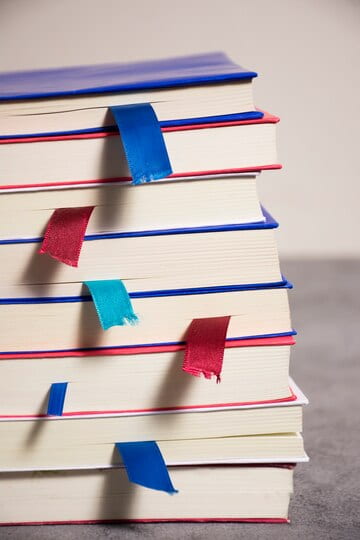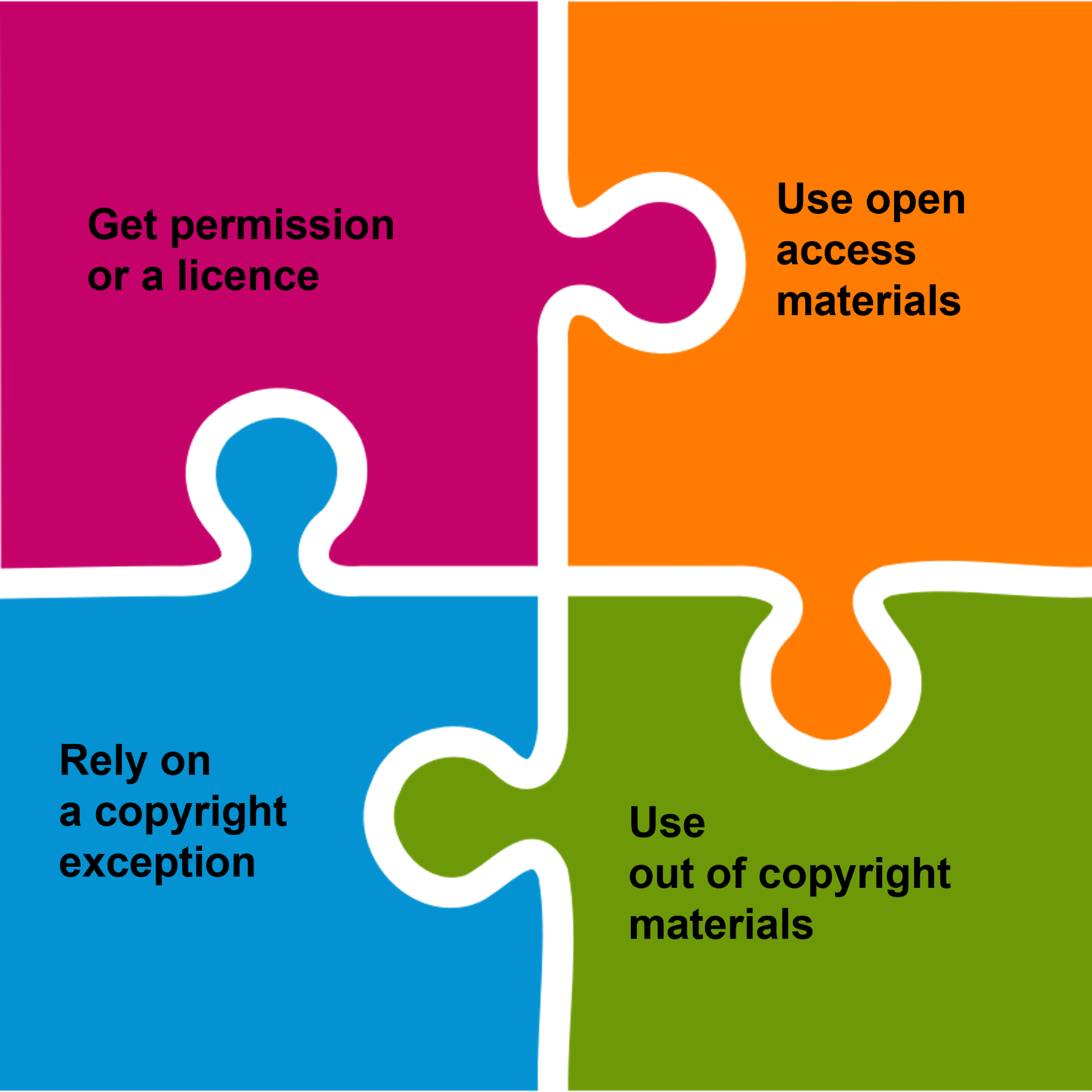This page sets out the various issues and considerations relating to the complex area of copyright infringement. Here we focus on the use of images in the context of copyright.
This guidance was put together by UCL legal services in collaboration with the UCL copyright support service. It is not intended to be exhaustive legal advice on this issue and advice from Legal Services or copyright support services should always be sought if you are unsure about any particular copyright infringement matter.
Definition and consequences of copyright infringement
Copyright infringement occurs when a person performs any of the acts restricted by copyright without permission or a licence from the copyright owner. These acts include copying, disseminating, performing, or adapting a copyright-protected work.
With regard to images, it is a breach of copyright to use images discovered online on websites and social media without permission or a licence. It is quite common for the copyright owners of the images - or agencies representing them - to require fines to be paid, correct attribution of the images, and/or ask for the images to be taken down.
Copyright infringement may take place even if the person had no knowledge or intention to commit the infringement. You may, for example, unknowingly breach copyright by using an image you found on the internet that is not marked as copyright, if you wrongly assume that permission is not necessary. It is also a common mistake to assume you can use materials (music, video, images) without permission as long as you acknowledge the source. Acknowledging the source is essential, but not enough to avoid infringing.
Consequences of infringement
Breaching copyright may have serious consequences. A copyright owner or their representative becoming aware of the breach may respond in different ways, which can range from requiring a formal apology and take-down of the material to demanding financial compensation to threatening with legal action. Infringing copyright may, therefore, cause embarassement, damage your academic and professional reputation and even result in fines and legal proceedings.
It is therefore essential that you understand the essentials of copyright law to avoid infringement.
Using images on websites and social media
This is not an exhaustive list of questions, but a selection of some of the most common issues that arise from copyright infringement matters.
- I have found an image I want to use. How can I be sure it does not infringe copyright?
It is important to bear in mind that the default position for any image or video that you find is that it would be copyright-protected and not freely available to use unless there is a clear licence allowing reuse.
Where the image has been sourced from is important. Using an image from Google or another search engine result does not mean that the image is copyright-free. When searching for an image using Google, for example, the words “images may be subject to copyright” will often be displayed underneath the image. However, in many cases there will be no copyright information about the image, or any indication who created it or owns it. In these cases, it is important to bear in mind that the default position for any image or video that you find is that it would be copyright-protected and therefore not freely available for you to use, unless you have permission or a licence to reuse it.
The steps to ensure that there is no infringement can include the following:
- If the image is sourced from a separate website, contact that company or owner of the domain for details of what may be required for the image to be used.
- Be specific about how you plan to reuse the image. There may be different requirements for social media and for websites.
- Clarify in advance that you will be attributing the image.
- What are ‘free image’ or ‘stock image’ websites and can I use these images? Are they really free?
These websites contain many images whereby the creator or author has offered the work to the public domain on an open licence without restrictions. Generally these images are free and can therefore be used by anyone but it is still important to check if any requirements or restrictions apply to the image.
UCL maintains a list of sites for images, video and other media, which may helpful. However, again please do check the licensing term for a particular image as not every image is free to use. You may also be able to use images from UCL’s Imagestore, available to UCL staff and students, which comes with additional guidance.
As mentioned, some items may be used with no restrictions but for others, reuse terms may vary. Only use the material under the terms of the licence, and seek permission for any other uses not covered by the licence.
- What is a licence?
A licence is an agreement from the owner of the copyright to allow an image to be used. Often a licence will provide details such as how much would be paid for using the image, exactly how, where and in what jurisdictions the image can be used, and how long that licence will be in place for.
There are different types of licence. ‘Open’ licences, such as Creative Commons licences, give permission for a copyrighted work to be used under specific terms. ‘Creative commons’ (most commonly recognised as a ‘CC’ symbol) licences can come in different forms. They are ‘attribution licences’, requiring that credit be given to the original creator.
- What is attribution?
Attribution is credit given to the author of the work. This can vary from simply stating the author’s name next to or under the image, to stating the name, a copyright notice, disclaimer, licence notice and / or a link to a licence setting out the attribution requirements should someone want to copy the image from UCL’s website.
Attribution can also take the form of an embedded caption i.e. the words that come up when the mouse cursor hovers over an image. In some cases, this has been considered suitable attribution but it always needs to be checked with the author whether this will be sufficient.
- Are there any defences (i.e. using for educational purposes) I can rely on to push back on any claim that I have infringed copyright?
The main area of defence to explore is ‘fair dealing’, which will differ from case to case and allows for limited use in certain circumstances such as research, private study, reporting on current events or for criticism or review (but only where the work has been made available to the public first). Generally speaking, the question to ask is: how would a fair-minded and honest person have dealt with the work?
While ‘fair dealing’ may be applied with more confidence for research or educational purposes, applying ‘fair dealing’ when using images on public UCL websites and social media is potentially more problematic. In such cases, it is generally more advisable to obtain permission or use openly licensed images. Library Services and / or Legal Services can provide more advice on when fair dealing is appropriate. See the UK IP Office guidance on copyright exceptions and fair dealing.
- I have received a letter from a company seeking payment for using an image. What do I do?
There are agencies such as PermissionMachine and PicRights dedicated to copyright enforcement who monitor the use of their clients images to ensure that they are not being infringed.
If a letter is received, the following steps are advisable:
- Check where the image came from / where it was found.
- Have there been any licence terms or any reference to creative commons?
- If so, have those licence conditions been complied with in full?
- Contact UCL Legal Services if the licence conditions have been complied with and payment is still being requested.
In cases of non-compliance with licence terms, it is likely that payment would need to be made but the Legal Services team can still review the position upon receipt of all the necessary information.
- Will removing the image solve the problem instead of paying?
Not necessarily. The default position is to rectify historical use of the image by way of payment. It may be a further condition that the image is removed, but this is normally coupled with payment. The exact wording of the letter and what is being asked needs to be considered carefully as the payment may secure future use of the image.
- Do I have to pay if I receive a letter from an agency?
The circumstances of the underlying use of the image will need to be examined first. Unless it can be justified why the image was used without a licence, or if it can be shown that there was a licence in place allowing us to use the image, it is likely that payment would be needed.
If payment is not made, the author may pursue Court proceedings against UCL for copyright infringement, which could lead to higher costs and potential reputational damage.
- I used a website builder / third party for this work and I did not source the image myself. Does that matter?
The ultimate responsibility for a webpage and its contents is the owner of the domain i.e. UCL, regardless of whether a third party was used in the process. However, do check the contract with the website builder or third party which may contain certain provisions relating to liability for copyright infringement. If you are thinking of engaging a third party for this purpose, it is important that sufficient protections are included.
 Close
Close







